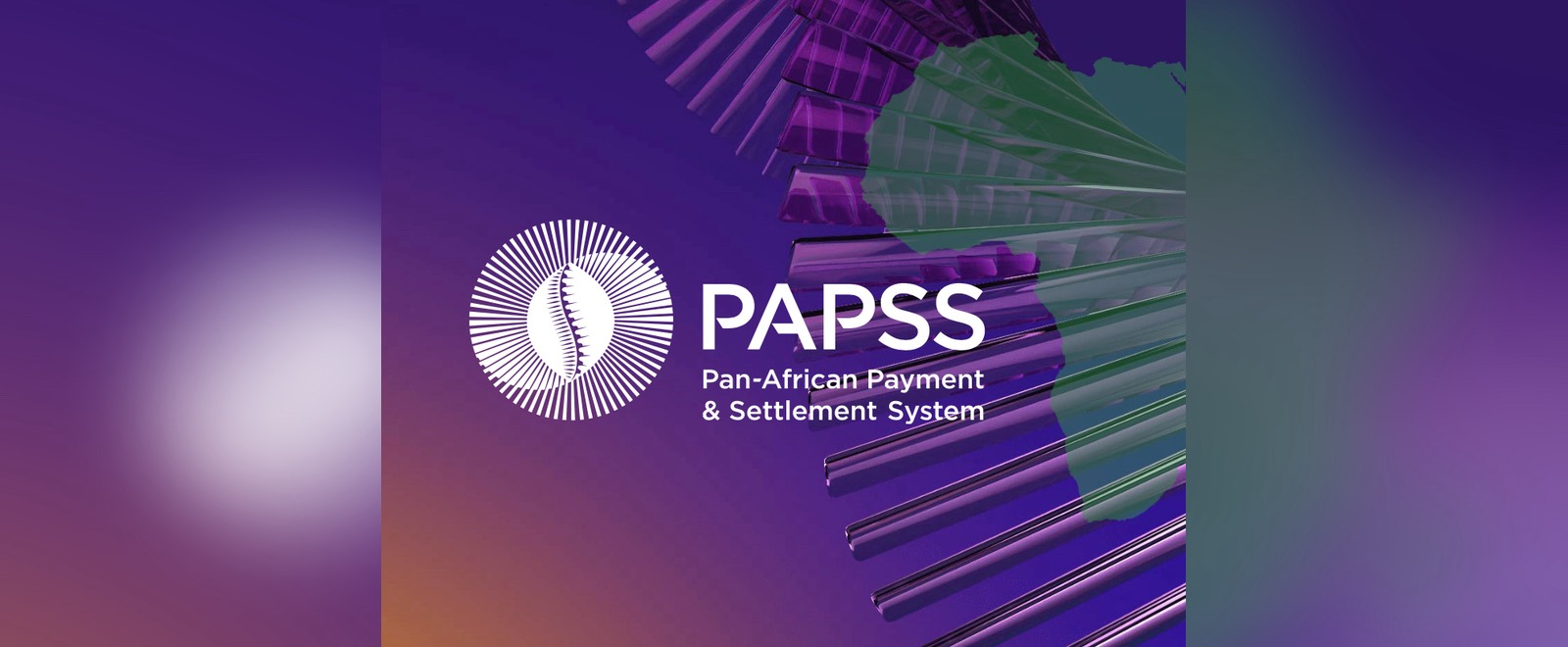The Digital Payment Revolution: How AfCFTA is Transforming Cross-Border Transactions in Africa
Caption:
Pan-African Payments and Settlement System (PAPSS), a collaboration between Afreximbank and the AfCFTA Secretariat
📷 GRAPHICS DEPT
With the African Continental Free Trade Area (AfCFTA) in full swing, South African banks are positioning themselves to facilitate cross-border trade by offering digital payment solutions and trade finance. As Africa’s economies become more interconnected, financial institutions are racing to modernise payment infrastructure to support seamless transactions between importers and exporters.
The Economic Commission for Africa (UNECA) estimates that AfCFTA could increase intra-African trade by 52.3% if import duties are removed and that trade volumes could double with the elimination of non-tariff barriers. This presents a huge opportunity for financial institutions seeking to capture a share of the $3.4 trillion AfCFTA market.
A Standard Bank survey covering 10 key African economies including SA, Nigeria, Kenya and Ghana reveals that businesses increasingly prefer digital financial services over cash for cross-border transactions. According to the latest Africa Trade Barometer, digital transactions accounted for 75% of cross-border sales and 81% of purchases between May 2023 and August 2024, reflecting a 5% increase in trading activity over the period.
“Digital technologies have transformed cross-border payments, offering a faster and more cost-effective alternative to cash,” says Simone Cooper, Head of Business and Commercial Banking at Standard Bank South Africa.
The Shift Away from Cash
Historically, digital payment solutions were dominated by large corporations, but small businesses are now driving the shift, particularly in West Africa. In Ghana, for example, cash usage among small businesses in cross-border sales fell from 31% in May 2023 to just 17% in August 2024.
Martin Verster, Head of Enterprise Segment for FNB’s Commercial Foreign Exchange, attributes this trend to regulatory constraints and the high security costs associated with handling cash.
“In many African countries, there are limits on cash transactions, making digital payments the only viable option for large cross-border deals,” he explains.
SA, the continent’s largest economy, is also seeing a decline in cash transactions due to cash displacement strategies that make digital payments more accessible and cost-effective for businesses.
While the increased adoption of digital payments is a positive development, concerns remain about the high cost of cross-border transactions, which could slow AfCFTA’s impact.
Cross-Border Transactions
To tackle this challenge, AfCFTA member states have launched the Pan-African Payments and Settlement System (PAPSS), a collaboration between Afreximbank and the AfCFTA Secretariat. PAPSS is designed to enable businesses to trade in local currencies, reducing dependency on the US dollar and euro for African transactions.
Since its launch in January 2022, PAPSS has onboarded 13 central banks, 10 payment switches, 9 strategic partners and more than 100 commercial banks. This system is expected to accelerate the transition to cost-efficient, real-time digital payments across Africa.
Beyond Africa, the G20 — chaired by South African President Cyril Ramaphosa in 2024 — has also prioritised reducing the cost of cross-border payments by 75% by 2027.
“The G20’s initiative will require regulatory alignment across Africa’s 54 countries and 42 currencies, along with a reduction in exchange control paperwork that currently adds to transaction costs,” says Verster.
Keith Marshall, Head of International Payments at Absa Corporate and Investment Bank, highlights the stark contrast in transaction fees.
“At Absa, digital payments cost 50% less than manual ones. For select regional trade corridors, we’ve reviewed pricing and passed on our best fees to customers.”
Despite these efforts, IMF data shows that sending $200 between two African countries can cost up to 30% in transaction fees, compared to the global average of 6.25%. The G20’s target is to cap fees at 3% by 2030.
The Future
As AfCFTA deepens trade ties across Africa, banks, regulators and fintech firms must collaborate to reduce transaction costs and make digital payments more efficient. Without bold reforms, high fees and regulatory fragmentation could undermine the continent’s vision for a borderless, interconnected market.
The opportunity is clear: by improving payment infrastructure and lowering costs, Africa can unlock the full economic potential of AfCFTA — ushering in a new era of seamless, frictionless trade.


